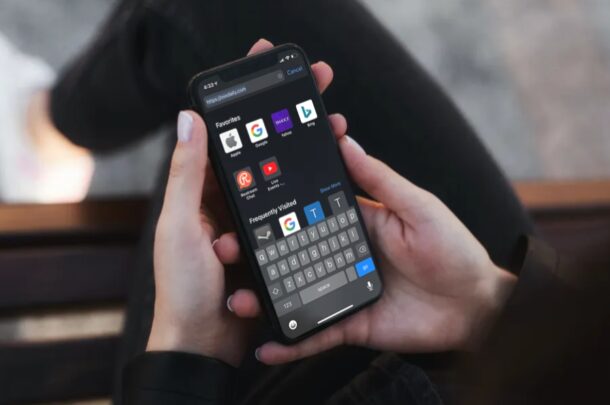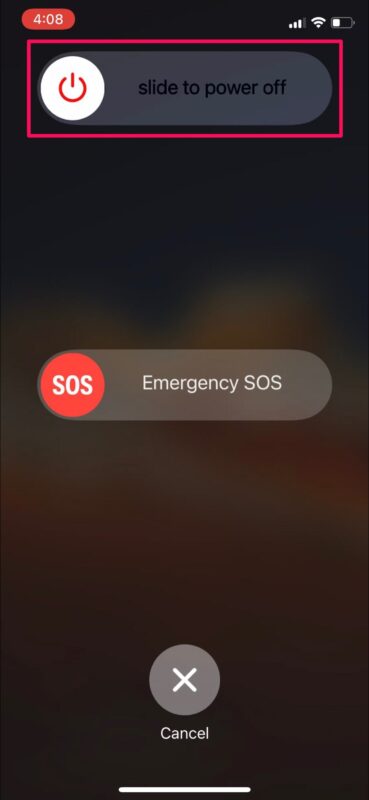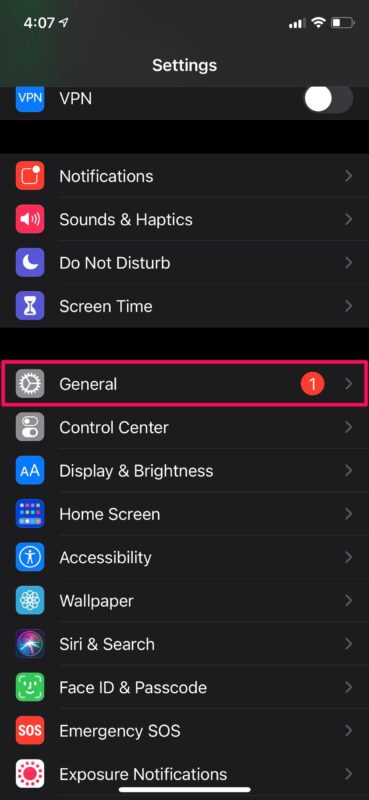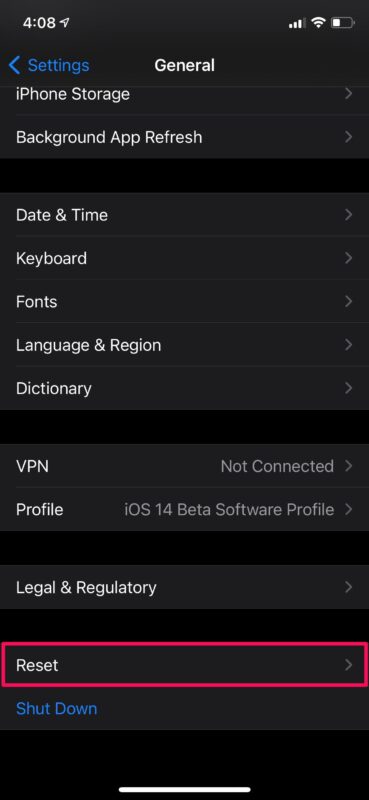How to Fix Slow Lagging Keyboard on iOS 14

Is the on-screen keyboard on your iPhone slow since updating to iOS 14? Though it’s not super common, some users who’re running iOS 14 on their iPhones have reported that they’re unable to type as fast on the keyboard because of how laggy the keystrokes are.
Complaints about various issues often arrive after new software updates, and iOS 14 has a share of them too. Often these are quirks with the upgrade that resolve themselves, and sometimes they’re simply bugs that get worked out with future software updates. This time around, there’s a specific keyboard-related issue that has become the topic of discussion to some users in the Apple community. Of course, this is a software-related issue but it doesn’t necessarily mean it affects just your keyboard. Although we can’t yet pinpoint the exact reason as to what’s causing the slowdown, we’ve compiled some troubleshooting methods that can help.
If you’re one of those unlucky iPhone users who’re affected by this issue after the update, we’re here to help. Take a look at some of the basic troubleshooting steps you can follow to fix your slow lagging on-screen keyboard on iOS.
Troubleshooting Slow Lagging Keyboard on iOS 14
Follow each of these troubleshooting methods individually and see if the keyboard on your iPhone is fast and responsive like it’s supposed to be again.
Reset Keyboard Dictionary
This may be helpful if you use Autocorrect and Predictive features while typing. As you type more and more, your iPhone learns new words in the background and uses it for future autocorrect suggestions. All this data is accumulated in the Keyboard cache which could eventually slow down the keyboard’s responsiveness and overall performance. This is why you’ll need to reset your Keyboard dictionary which will effectively clear the cache. To do this, simply follow the steps below.
- Head over to “Settings” from the home screen of your iPhone and tap on “General”.

- Next, scroll down to the very bottom and tap on “Reset” to continue.

- Here, simply tap on the “Reset Keyboard Dictionary” option to clear the cache. You’ll be prompted to enter your device passcode to confirm your action.

Now, access your keyboard and start typing to see if it feels snappy again.
Reboot your iPhone
If the above method didn’t work in your favor, you can try restarting your iPhone and see if it resolves the issue. Most minor software-related bugs and glitches like this can be resolved by simply rebooting your device. If you’re using an iPhone with Face ID, long-press the side button and the volume up button to access the shutdown menu. On the other hand, if you’re using an iPhone with Touch ID, you just need to hold the power button. Also, you can shut down your iPhone through settings too.

Additionally, you can also try force restarting your iPhone which is slightly different from the soft reboot method that we just talked about. On iPhones with physical home buttons, this can be done by simply holding the power button and home button simultaneously until you see the Apple logo on the screen. On newer iPhones with Face ID, you’ll need to click the volume up button first, followed by the volume down button, and then hold the side/power button until you see the Apple logo.
Update iOS to the Latest Version
Even though you’re probably running the public version of iOS 14, it’s still possible for bugs to squeak through the beta process. Apple is typically quick to address these issues that are reported by users with a subsequent hotfix or software update as a point release. Therefore, it’d help if you’re on the latest possible firmware. To check for any available updates, head over to Settings -> General -> Software Update and tap on “Install Now” if you see anything.

Make Sure the Device has Free Storage Available
Some users find that their iPhone (or iPad) becomes incredibly slow when their device storage is full. If your device has no free space available, it can struggle to perform as expected, so freeing up some storage space may help to fix the issue, even with things like laggy keyboard input. Try to keep a few GB free on any device for best results.
–
Hopefully by now, you should’ve resolved the issues you were facing with your keyboard. For some users, they find that the keyboard lag is resolved temporarily but it comes back after several hours or days, and sometimes rebooting periodically can help that.
If none of the above troubleshooting steps worked for you, you can try restoring your device, which is a bit drastic but may work. This can be done by going to Settings -> General -> Reset -> Erase All Content and Settings on your iPhone. However, make sure you have a backup of all your data stored in iCloud or iTunes before you go ahead with the restoration, otherwise you could lose all of your stuff – this is really a last ditch troubleshooting attempt and shouldn’t be high on your list due to the inconvenience.
Still unlucky? You’re part of the small number of users who still couldn’t fix this issue. At this point, it might be worth getting in touch with official Apple Support. You can either chat with an Apple Support tech or talk to a live person at Apple according to your preference.
We hope you were able to get your iPhone’s keyboard working fast and responsive again. Which of these troubleshooting methods worked for you? Do you have any additional tips that can alleviate keyboard issues? Let us know your valuable thoughts and share your experiences in the comments section down below.





keyboard on iPhone SE continually lags all of ja sudden.
Here’s a problem that’s come up with installation of Mac’s new OS Big Sur — MacBook camera does not work. Searching Internet has not found many have this problem but no one has a solution. What say your Geek Mavens?